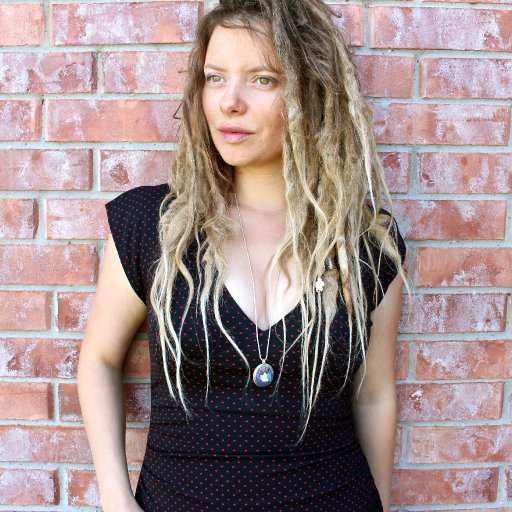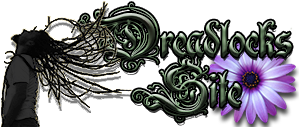
Location:
Zipcode: 76643
Country: US
Recently Rated:
Stats
I saw on here the other day that someone was asking about the spiritual history connected to dreadlocks, as he was receiving pressure from his church to cut them off, I couldn't find that post today, so I figured I'd just add my response here.
This is an excerpt from the book: An Uncommon History of Common Things: by Bethanne Patrick and John Thompson
"Definition of Dreadlocks:
Symbol of the Rastafarian movement. Bearer of braided and matted locks (hair). Lived in dread, or fear, of God.
The term dreadlocks entered the English language in the 1950s with the rise of the Rastafarian movement among Jamaicas poor blacks. One precept of the movement was a prohibition on cutting the hair. The long hair was then matted or braided into ropelike strands or coils. The wearer of such locks lived in dread or fear of god (Jah), hence the term dreadlocks developed for the hairstyle. But the hairstyle itself was in vogue for centuries before the word dreadlocks was coined.
The Rastafarian vow of uncut hair may have been taken from the book of Numbers (6:5), the fourth book of the Bible: All the days of the vow of his separation there shall no razor come upon his head: until the days be fulfilled he shall be holy and shall let the locks of the hair of his head grow. Author Timothy White, in a biography of Rastafarian singer-songwriter Bob Marley, contends that the directive came from Leviticus 21:25: They shall not make baldness on their head
The tradition of the hair linking the wearer to the divinity and divine powers occurs in early Hindu legend. The god Shiva and his followers are often depicted with long, twisted locks of hair. In one legend Shiva gathered up the Ganges in his hair to keep it from flooding the Earth. Similarly, many ascetic and mystic groups within larger religions have advocated the wearing of long, braided hair, among them the Sufi and dervishes of Islam, the sadhus of Hinduism, Christian Coptic monks, and Jewish Nazarites (including Samson). In Central America before the 16th-century Spanish conquest, Aztec priests wore long, matted locks of hair. And in Australia, mummified Aborigines with long locks have been unearthed."
I've been thinking about adding in some decorations for my dreads. I've seen some cool beads, and felt strands, wrapping them with stuff, etc. Anyway, I was just curious what you have done, how long you waited before you added stuff, if any of it causes dreads to become moldy and so on. Any info like "I wish I had known this before I did it" type stuff.
Thanks in advance

So, it's been 5 months since I started working on my dreads. I completely neglected for 4 months, washing it once a week with cold water and a baking soda/Dr. Bronner's mix, and a mid-week salt water rinse, and my hair was unchanged. So, then I rubberbanded the roots for a month, and I got some decent knotted/matted roots, but nothing else happened. So then I rubberbanded down the entire shaft of the hair. And still, nothing happened. So, reluctantly, I decided to backcomb it. I have such thin hair, that it just doesn't seem to be able to dread on its own. Well, now I look like Sideshow Bob from The Simpsons and a friend of mine is trying to talk me into using wax to get them under control. She knows how adamantly I don't want to use the wax, so she suggests just using a little in the beginning to get them to lay down more and lock, and then not using it anymore.
I know this site is also really against wax, so I was curious your thoughts, tips, suggestions, etc.
Much appreciated,
Shannon

